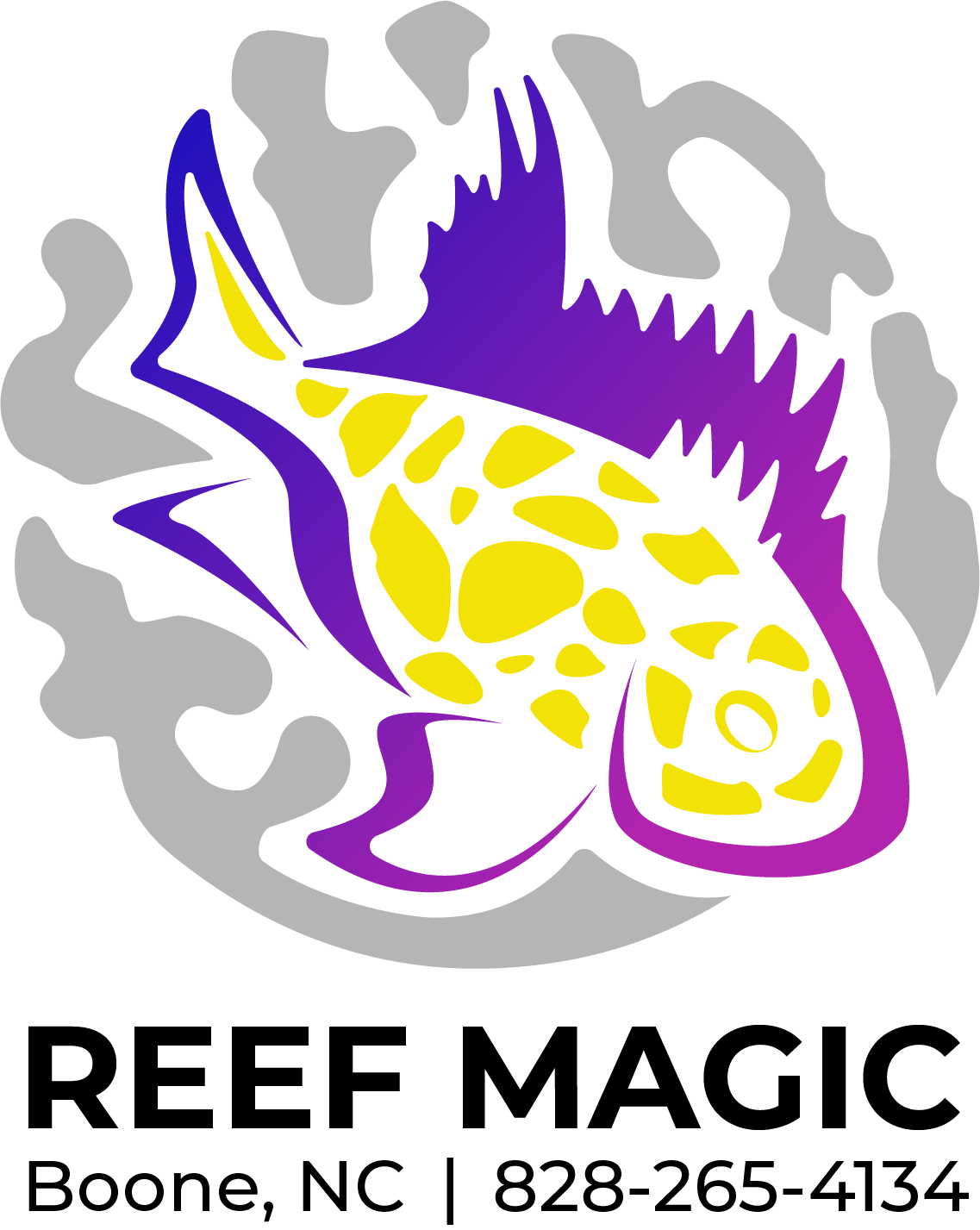 Image 1 of 1
Image 1 of 1


Tang - Powder Blue Md
The Powder Blue Tang (Acanthurus leucosternon) is a stunning and popular saltwater fish species known for its vibrant blue coloration. However, it requires specific care and conditions to thrive in an aquarium. Here are the general requirements for keeping a Powder Blue Tang:
Tank size: Provide a tank with a minimum capacity of 125 gallons (473 liters) to accommodate the Powder Blue Tang's size and swimming needs. A larger tank is even better, as it allows for more swimming space and helps reduce territorial behavior.
Tank setup: Use live rock to create hiding places, caves, and open spaces for the Powder Blue Tang to explore and establish territories. Ensure there is ample swimming space, and leave open areas for grazing. A sandy substrate is preferable to mimic its natural habitat.
Water parameters: Maintain excellent water quality and stability. The recommended water temperature for a Powder Blue Tang is between 74°F and 82°F (23°C - 28°C). The pH should range from 8.1 to 8.4, and the salinity level (specific gravity) should be maintained at 1.020 to 1.025. Regular monitoring of water parameters, along with proper filtration and protein skimming, is crucial.
Lighting: Provide moderate to high-intensity lighting in the aquarium to support the growth of photosynthetic organisms like corals and macroalgae. The Powder Blue Tang benefits from a lighting system that replicates its natural reef environment.
Feeding: Powder Blue Tangs are herbivores and require a diet rich in algae and vegetable matter. Offer a variety of high-quality marine-based seaweed, spirulina, and algae-based flakes or pellets. Supplement their diet with fresh or frozen marine algae, such as nori, and occasional meaty foods like mysis shrimp or brine shrimp. Regular feeding multiple times a day is recommended.
Tankmates: Carefully select tankmates for the Powder Blue Tang, as they can be territorial and may exhibit aggression towards other tangs or similarly shaped fish. Avoid keeping multiple Powder Blue Tangs in the same tank unless it is exceptionally large. Choose peaceful and non-aggressive tankmates that can withstand the tang's occasional assertive behavior.
Acclimation: Proper acclimation is crucial when introducing a Powder Blue Tang to a new aquarium. Slowly drip acclimate the fish to the water parameters of your tank over a period of time to minimize stress and ensure a smooth transition.
Disease susceptibility: Powder Blue Tangs are susceptible to certain diseases, particularly lateral line erosion (HLLE) and marine ich (Cryptocaryon irritans). Maintain excellent water quality, provide a balanced diet, and observe good tank hygiene practices to minimize the risk of disease.
Remember that the Powder Blue Tang can be challenging to care for, especially for beginner hobbyists. They require a well-maintained and established aquarium with appropriate tankmates, proper nutrition, and diligent monitoring of water quality. Provide them with ample space and a suitable environment to exhibit their natural behaviors, and consider the potential challenges associated with their care before adding one to your tank.
The Powder Blue Tang (Acanthurus leucosternon) is a stunning and popular saltwater fish species known for its vibrant blue coloration. However, it requires specific care and conditions to thrive in an aquarium. Here are the general requirements for keeping a Powder Blue Tang:
Tank size: Provide a tank with a minimum capacity of 125 gallons (473 liters) to accommodate the Powder Blue Tang's size and swimming needs. A larger tank is even better, as it allows for more swimming space and helps reduce territorial behavior.
Tank setup: Use live rock to create hiding places, caves, and open spaces for the Powder Blue Tang to explore and establish territories. Ensure there is ample swimming space, and leave open areas for grazing. A sandy substrate is preferable to mimic its natural habitat.
Water parameters: Maintain excellent water quality and stability. The recommended water temperature for a Powder Blue Tang is between 74°F and 82°F (23°C - 28°C). The pH should range from 8.1 to 8.4, and the salinity level (specific gravity) should be maintained at 1.020 to 1.025. Regular monitoring of water parameters, along with proper filtration and protein skimming, is crucial.
Lighting: Provide moderate to high-intensity lighting in the aquarium to support the growth of photosynthetic organisms like corals and macroalgae. The Powder Blue Tang benefits from a lighting system that replicates its natural reef environment.
Feeding: Powder Blue Tangs are herbivores and require a diet rich in algae and vegetable matter. Offer a variety of high-quality marine-based seaweed, spirulina, and algae-based flakes or pellets. Supplement their diet with fresh or frozen marine algae, such as nori, and occasional meaty foods like mysis shrimp or brine shrimp. Regular feeding multiple times a day is recommended.
Tankmates: Carefully select tankmates for the Powder Blue Tang, as they can be territorial and may exhibit aggression towards other tangs or similarly shaped fish. Avoid keeping multiple Powder Blue Tangs in the same tank unless it is exceptionally large. Choose peaceful and non-aggressive tankmates that can withstand the tang's occasional assertive behavior.
Acclimation: Proper acclimation is crucial when introducing a Powder Blue Tang to a new aquarium. Slowly drip acclimate the fish to the water parameters of your tank over a period of time to minimize stress and ensure a smooth transition.
Disease susceptibility: Powder Blue Tangs are susceptible to certain diseases, particularly lateral line erosion (HLLE) and marine ich (Cryptocaryon irritans). Maintain excellent water quality, provide a balanced diet, and observe good tank hygiene practices to minimize the risk of disease.
Remember that the Powder Blue Tang can be challenging to care for, especially for beginner hobbyists. They require a well-maintained and established aquarium with appropriate tankmates, proper nutrition, and diligent monitoring of water quality. Provide them with ample space and a suitable environment to exhibit their natural behaviors, and consider the potential challenges associated with their care before adding one to your tank.






